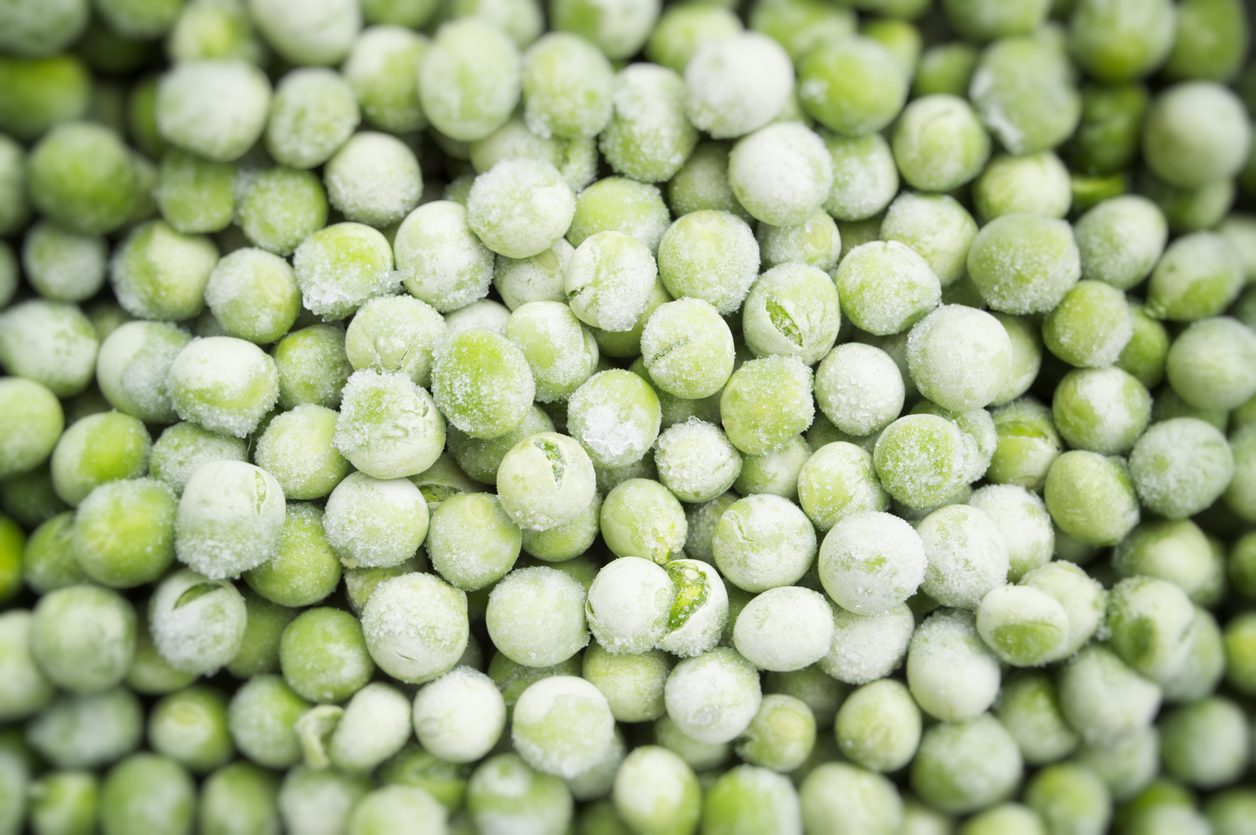A Failproof Guide to Freezing Peas: Tips and Techniques
Discover how to freezing peas like a pro with this comprehensive guide. From preparation and blanching techniques to alternative freezing methods and storage tips, you'll learn everything you need to know to preserve the freshness and flavor of peas for future use. Whether you're a novice in the kitchen or an experienced home cook, freezing peas has never been easier with these expert tips and techniques.
;Resize,width=742;)
Freezing peas is a straightforward process that allows you to preserve their freshness and flavor for future use. Whether you've harvested peas from your garden or bought them in bulk from the store, freezing is an excellent way to extend their shelf life. Below are the steps involved in freezing peas, from preparation and blanching to storing them properly for long-term preservation. With these simple instructions, you'll be able to enjoy delicious peas year-round, adding a burst of flavor and nutrition to your favorite dishes.
Prepare the Peas for Freezing

Before freezing peas, it's crucial to ensure they are properly prepared to maintain their freshness and flavor. This initial step sets the foundation for successful freezing and ensures that the peas retain their vibrant color and crisp texture when thawed and cooked later on. Follow these steps to ensure that your frozen peas are of the highest quality and ready to freeze:
- Start by shelling fresh peas to remove them from their pods. Gently press the pods between your fingers to release the peas inside.
- Once shelled, rinse the peas under cold water to remove any dirt or debris. Drain them thoroughly in a colander.
- Take a moment to inspect the peas for any signs of damage or discoloration. Remove any peas that appear discolored or shriveled.
Blanching Peas for Freezing

Blanching is a crucial step in the process of freezing peas as it helps preserve their color, flavor, and texture. By briefly immersing the peas in boiling water followed by a quick plunge into ice water, blanching halts the enzyme activity that can cause deterioration during storage. Follow the following instructions carefully to achieve perfectly blanched peas ready for freezing:
- Bring a large pot of water to a rolling boil. Carefully add the prepared peas to the boiling water and blanch them for 1-2 minutes.
- Quickly transfer the blanched peas to a bowl of ice water to stop the cooking process. This helps retain their vibrant green color and crisp texture.
- Once cooled, drain the peas thoroughly in a colander and pat them dry with paper towels.
Other Alternative Freezing Methods to Try

If you prefer to skip the blanching process, there are some alternative methods you can consider to freeze peas:
- Flash Freezing: Spread the prepared peas in a single layer on a baking sheet and place them in the freezer until frozen solid. Once frozen, transfer the peas to freezer bags or containers for long-term storage.
- Vacuum Sealing: Use a vacuum sealer to remove air from freezer bags or containers before sealing them shut. This helps prevent freezer burn and extends the shelf life of frozen peas.
How to Store Frozen Peas
Proper storage is key to maintaining the quality of frozen peas. Follow these tips for storing frozen peas:
- Transfer the blanched or flash-frozen peas to freezer bags or airtight containers. Remove as much air as possible before sealing to prevent freezer burn.
- Label the bags or containers with the date of freezing and the contents. This makes it easier to keep track of how long the peas have been stored and ensures proper rotation.
How to Use Frozen Peas in Your Everyday Cooking

Once frozen, peas can be used in a variety of dishes. You can add them to soups, stews, salads, stir-fries, and pasta dishes for a burst of color and flavor. Alternatively, serve them as a side dish with a drizzle of olive oil and a sprinkle of salt and pepper for a tasty and nutritious side dish.
For best results, it is important to note that you use the right method when it comes to thawing frozen peas. To fully thaw before, transfer the frozen peas to your refrigerator overnight or under cold running water for a faster alternative. You must avoid thawing peas at room temperature, as this can promote bacterial growth.
In conclusion, it is important to reiterate that your best bet to enjoy peas all year around is freezing and with the simplified guide above, you can now do so confidently.
;Resize,width=767;)

;Resize,width=712;)

